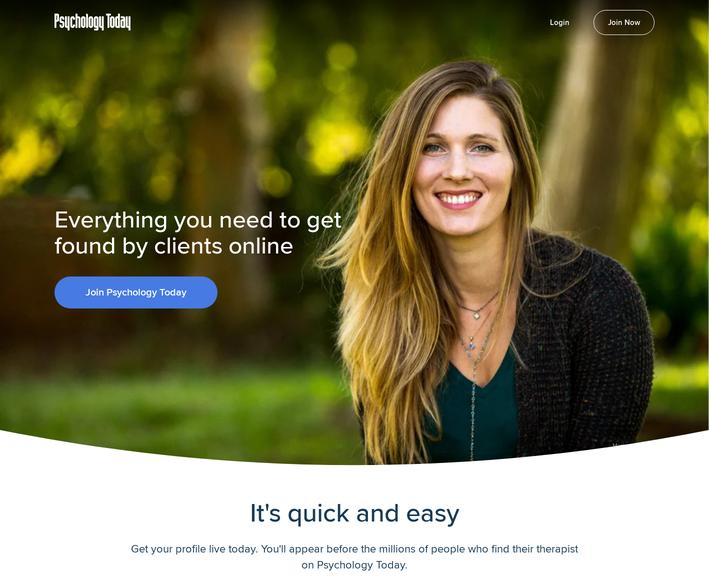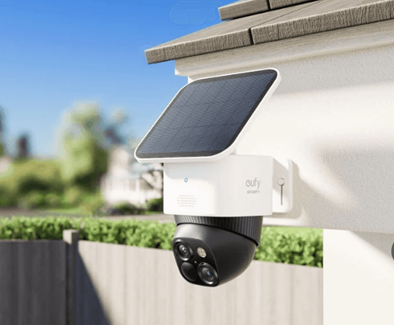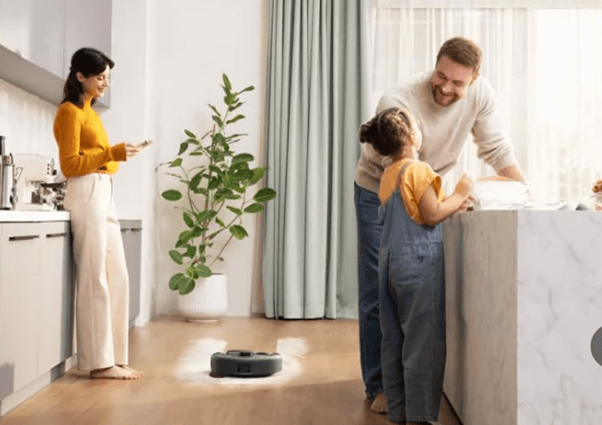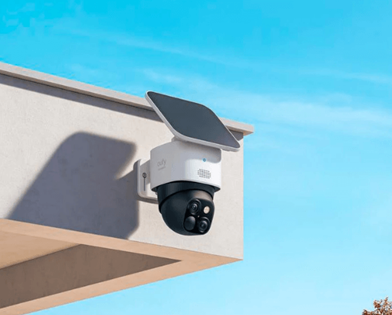Source: insta_photos/Shutterstock
Too often in education, the voice of educators is not being heard. Instead, the debate over schooling is dominated by people outside of the classroom, from policymakers to think-tankers.
I recently came across the work of Cathryn Shupert, a math teacher at Eastside Middle School in Mt. Washington, Kentucky. Shupert deeply believes that education needs to be more personalized and had some smart tips that I wanted to share below.
As Shupert notes, a one-size-fits-all approach to education does not work for students. The public knows this fact, too, as demonstrated by a recent study from the National School Boards Action Center, which finds overwhelming support for personalizing student learning.
As a teacher for nine years, Shupert knows that student learning can be a lot more effective when it is driven by students' own interests and is guided with strong input from teachers, parents, coaches, and other adults in their lives.
To a degree, forms of personalized learning have been a part of our education system for a long time, particularly for students with special needs. Such students have received support from tutors and have been offered a diverse set of electives as part of their learning pathways. Personalized learning also has clear limits. Students need guidance and interaction with their peers to learn effectively.
But, to address learning loss and social skills delays due to the COVID-19 pandemic, there’s a much-needed push to expand more personalized forms of learning. After years of proof points and lessons learned, educators nationally and globally are calling for an expansion of personalized learning to all students while also leveraging the huge strides being made in education technology, which increase access to these options.
In our conversation, Shupert offered some important ways to personalize learning in a large classroom.
Give better, more individualized feedback.
Right now, students need educators to spend significant time, energy, and resources to help them make up for lost learning time during the pandemic. As educators and parents know too well, that’s often simply not possible, even in the best-resourced schools and with the best teacher training.

Technology has clear limits, especially when it comes to the social side of education. But when it comes to feedback, technology can help personalize learning. “The amount of time that teachers spend planning, teaching, grading, giving feedback, and more is already a challenge without the added stressors of learning loss,” Shupert told me.
For example, Shupert uses a program called ASSISTments that helps her assign and grade math work. Both Shupert and I work with the ASSISTments team, and the tool has a cool new feature called QUICK-Comments. “It helps me grade assignments quickly because it works similarly to the way our email platforms now suggest sentence completions. While technology has drawbacks, learning platforms like ASSISTments and Khan can make feedback easier,” Shupert says.
THE BASICS
Support the social side of education.
In many ways, the primary goal of personalized learning is to discover and meet the needs and interests of all students while ensuring all students have equitable access to excellent instruction. When students are struggling with behavioral and social challenges, it makes learning near impossible. A study that aggregated 20 years of data found that kindergarten students with strong social skills were more likely to graduate college and find full-time jobs by the time they reached age 25.
“In my classroom, I spend the first week of school totally focused on my students’ social-emotional learning, and over the year, I regularly do emotional check-ins with them,” Shupert says. “Students also do daily writing reflections to reflect on their learning and feelings for the day. I also check in frequently with parents and colleagues, such as coaches and counselors, so that I get a more rounded picture of my students' lives outside of my classroom.”
Education Essential Reads
International Data Privacy Day: Best Practices Regarding Children's Learning
What Have We Learned About Remote Learning?
Adults know that people have different social needs and abilities. So why do teachers have to teach these social skills in the classroom, as though every student can absorb the information in the same way? “Social-emotional learning, or SEL, needs to be individualized to achieve the greatest impact. This can only happen if teachers, parents, and students are working together with counselors and other adults in a child’s life to understand their needs and goals, and then to devise SEL pathways that work to meet them,” says Shupert.
Schools and districts have the opportunity to build and expand personalized learning SEL pathways to develop SEL learning standards, create SEL goals for students and staff, and figure out how to help teachers make every classroom in this country about the whole child, not just academic progress.
Design remote learning for remote environments.
Some students, without the distractions and social pressures of schools, improved academically when participating in remote learning and are now regressing as they are physically back in the classroom.
So how do educators help all students navigate what has been an incredibly disruptive time followed by an equally disruptive transition back to school? Districts, schools, parents, and educators have to grapple with our choices: in retrospect, it’s clear that the education system turned to remote learning during COVID without the chance to make remote learning excellent. Teachers are still trying to recreate their classrooms on Zoom, essentially retrofitting the time-tested model of the classroom into a new technology, and it doesn’t work well.
But now there is an opportunity to think about how educators teach using technology like Zoom and education technology with a personalized learning methodology. How successful could students be if our school systems developed teaching methods for each student that were catered to remote learning instead of trying to make remote learning mimic the in-person experience?
“In my classroom, I try to give students opportunities to do student-based projects where they have more freedom to choose how they want to learn,” says Shupert. “The learning becomes more personalized and they take more ownership of their work. This helps support student morale and motivation but also is easy to do virtually and in-person.”
It is undeniable that across the country, our kids aren’t learning what they need to learn to be successful. And while COVID was a huge disruptor, the fact is that students and schools have been falling behind for decades.
Our students deserve a change. Repairing the learning loss students have experienced during COVID-19 isn’t just about getting schools open and kids in classrooms. There are too many factors at play, including a serious disintegration of staffing across our nation. This is a hard moment in education, but one that gives students, educators, parents, and the system alike the opportunity and the challenge to make personalized learning solutions and student success the norm for all, and not an option for only a select few.









